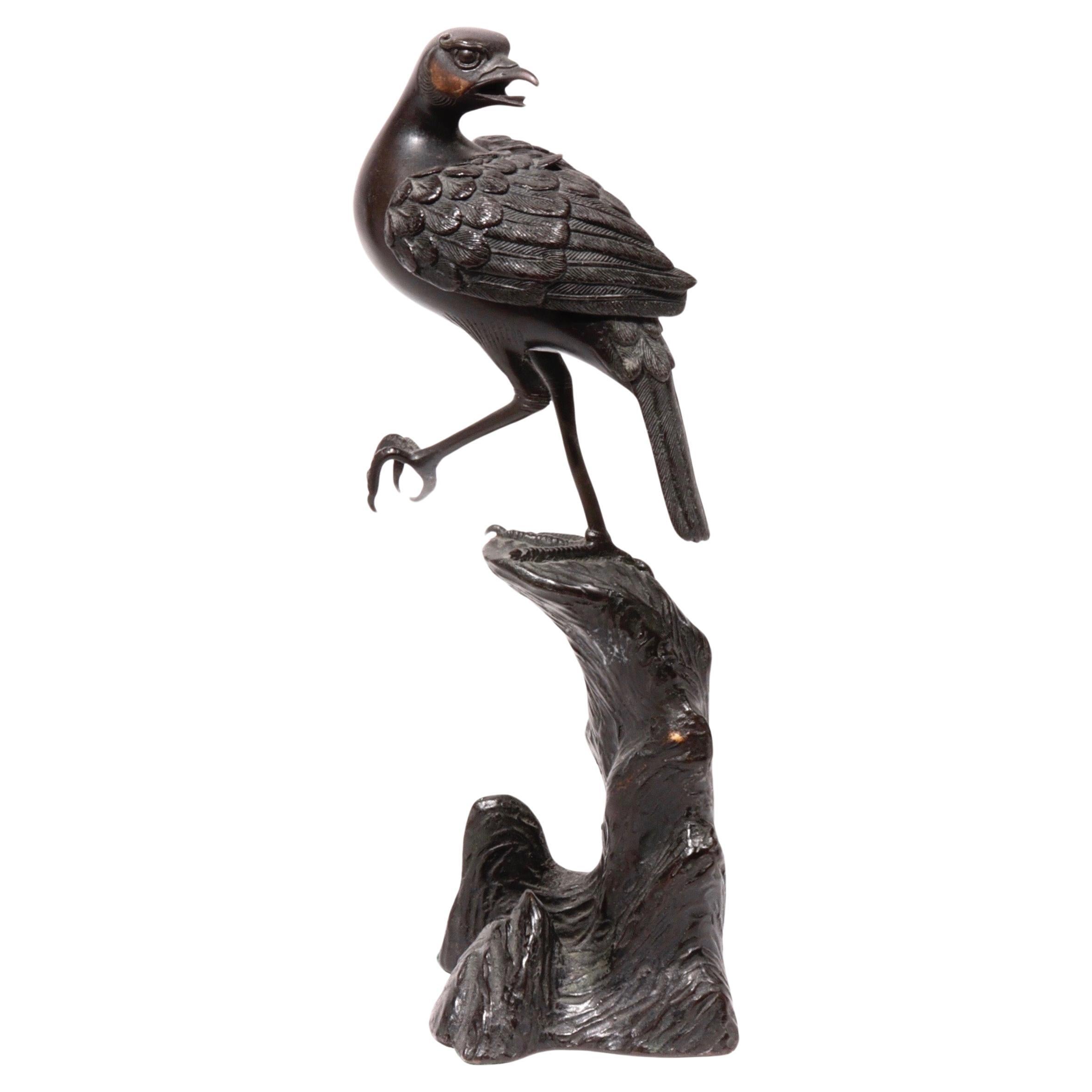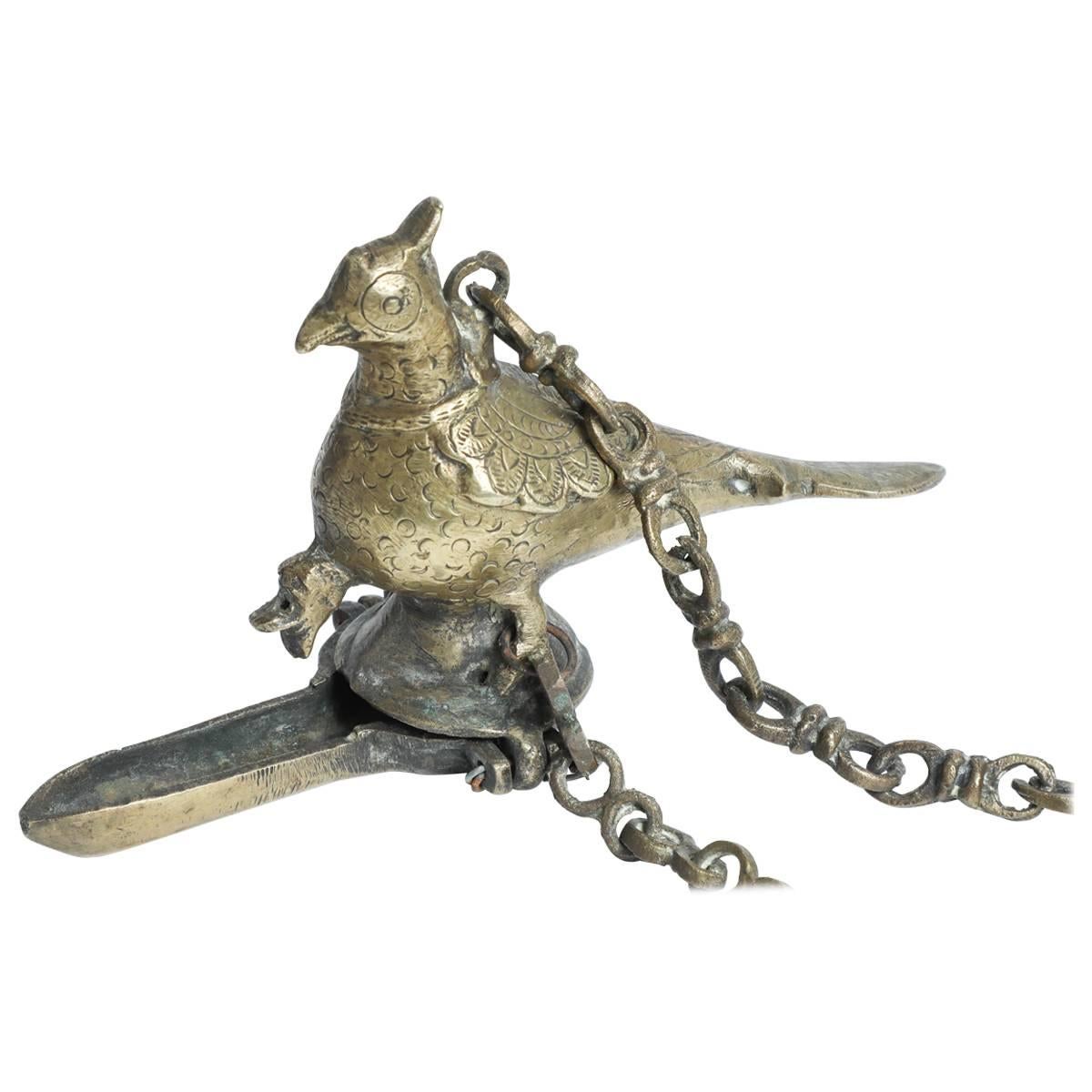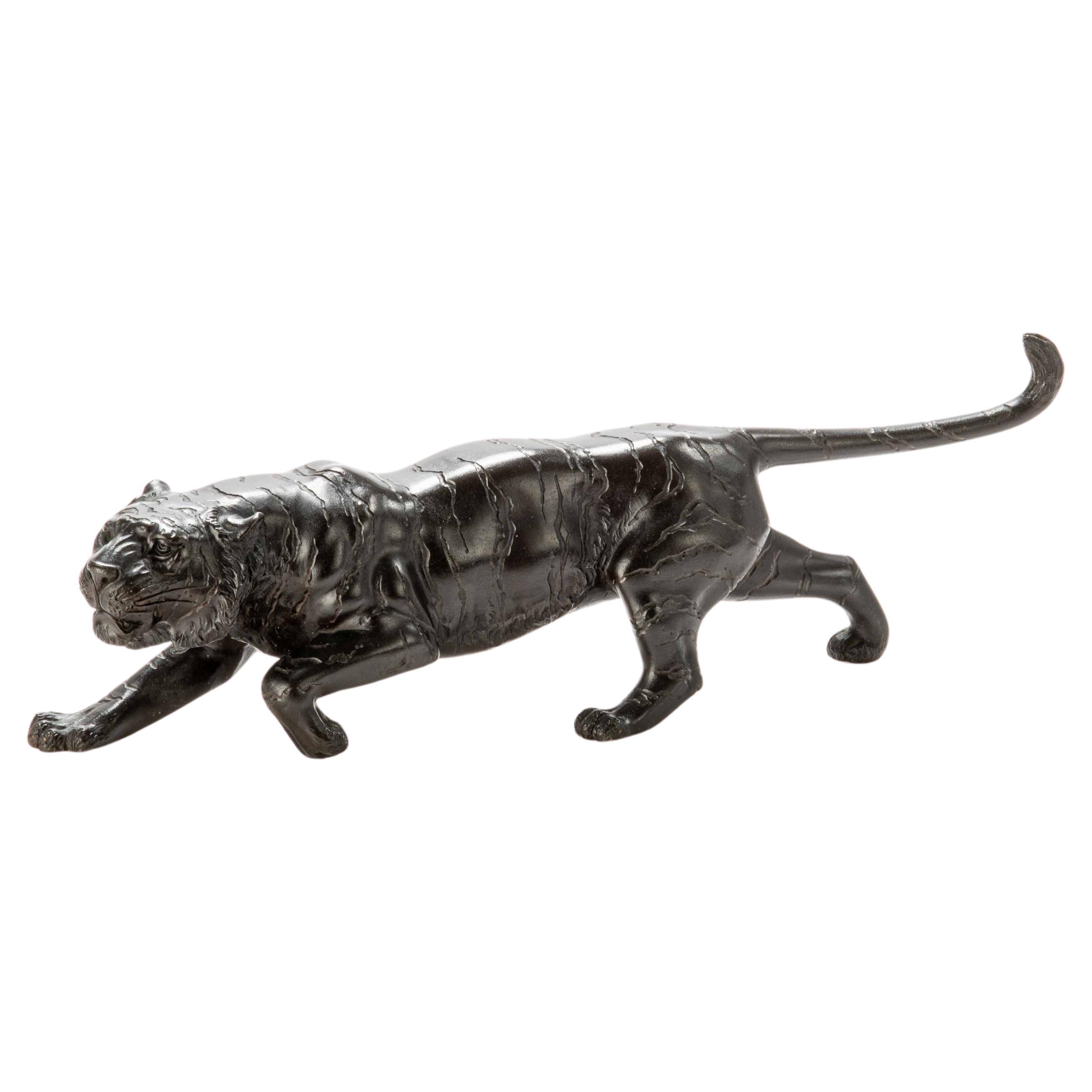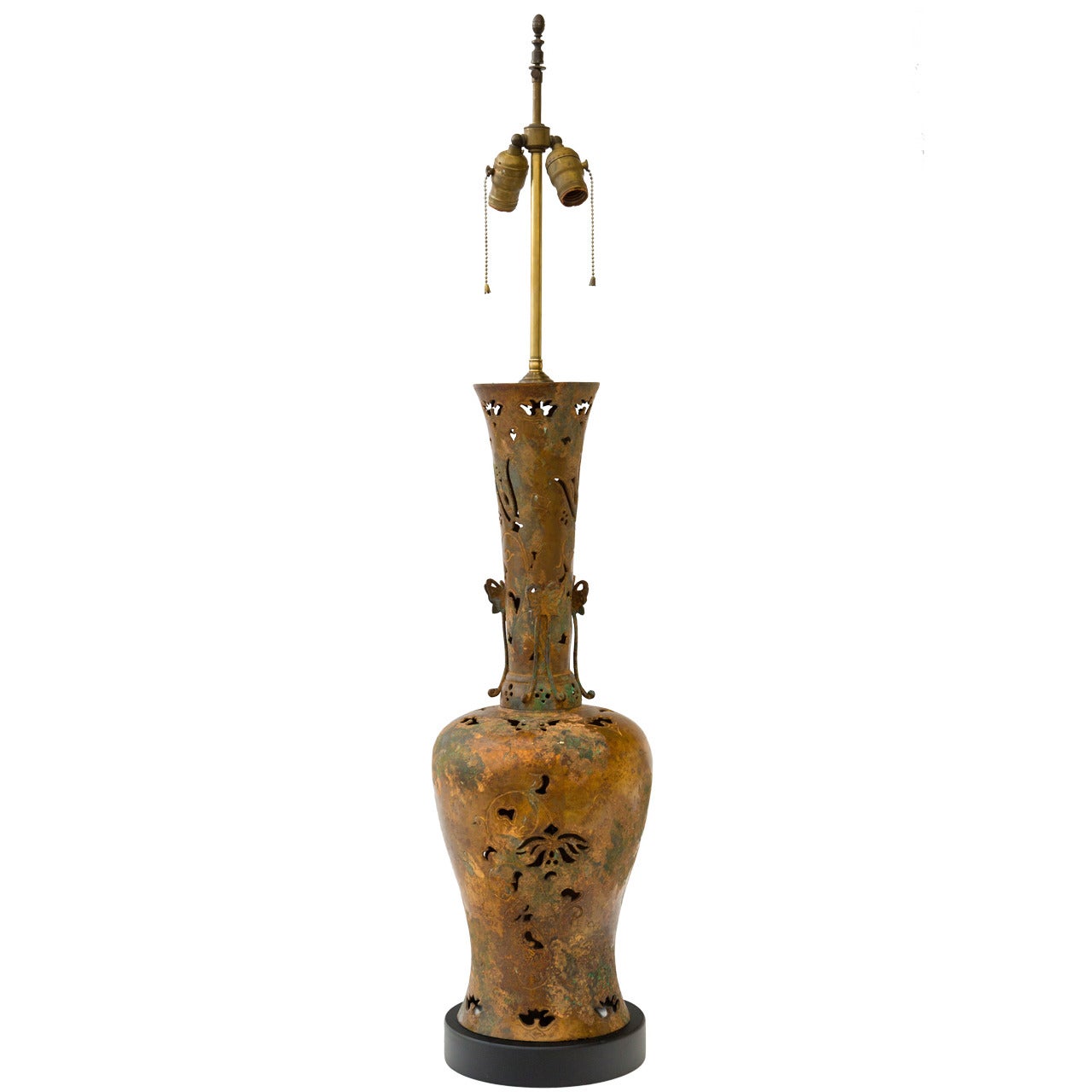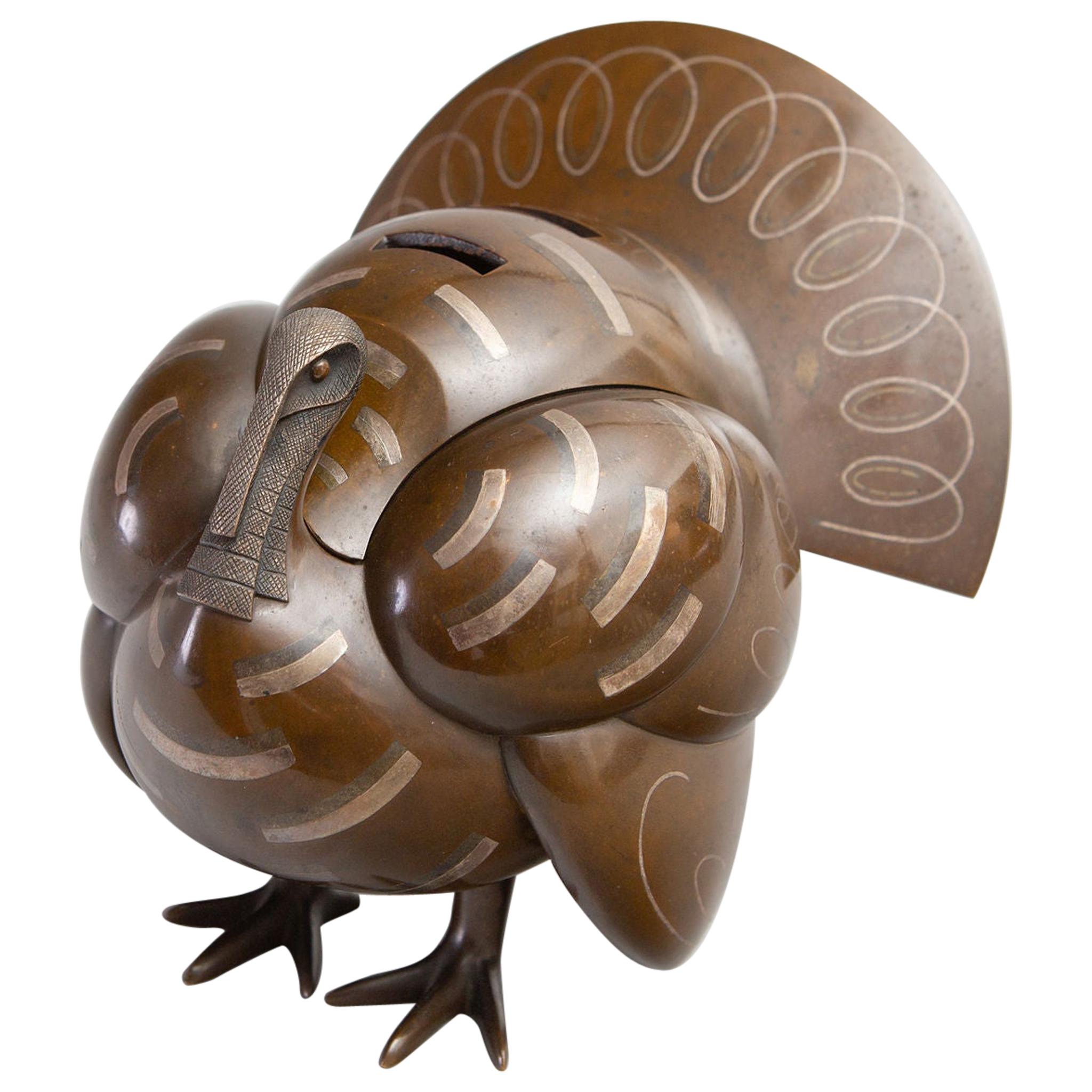Items Similar to Miraculous Medal of the Virgin of Chiquinquirá
Want more images or videos?
Request additional images or videos from the seller
1 of 5
Miraculous Medal of the Virgin of Chiquinquirá
About the Item
About the Virgin of Chiquinquirá
Virgin of Chiquinquirá, carrying baby Jesus and a marshal cane on his hand.
On her sides, San Antonio de Padua, and Saint Andrew, apostle, with the X-shaped cross, sign of his martyrdom..
Her Story
Dominican friars carried evangelization expeditions into the central region of Colombia. In 1560 Antón de Santana, Spanish gentleman obtained commission to build a house with different uses, the administration of settlers, indigenous people and slaves; he further build a chapel for religious services in Suta,
Fray Andrés Jadraque, saw the need to put a painting of the Virgen del Rosario in the chapel. Alonso de Narváez, Spanish painter from Tunja, in Boyacá, was asked to do it. He paint the image of San Antonio next to the Virgin for being the first patron of him, and San Andrés, patron of the friar who had ordered it on her sides.
From 1562 to 1574, the painting remain in the chapel, as a result of the humidity, the image was deleted, and was taken to the town of Chiquinquirá, abandoned in an oratory.
In the year 1586 María Ramos, a local woman, knowing that the canvas had the image of the Virgin Mary, prayed daily asking the Virgin to manifest herself, on December 26, 1586, an indigenous woman named Isabel together and her little son, passing by, shouted "look, Look Madam..." When she directed her gaze to the painting, it shone the unrecognizable image, as its original colors and shine. Since then the devotion known as "Our Lady of Rosario de Chiquinquirá" began.
After a strong earthquake in 1785, anew Basilica was build, and transferred the image of the Virgin in 1823.
Since then, she is the patron from Venezuela and Colombia.
Pure Silver
Weight : 20 grams
Measurement : 37 mm diameter, 1.5 mm thickness
- Dimensions:Height: 1.86 in (4.7 cm)Diameter: 1.46 in (3.7 cm)
- Style:Spanish Colonial (In the Style Of)
- Materials and Techniques:
- Place of Origin:Colombia
- Period:
- Date of Manufacture:XX th Century
- Condition:Wear consistent with age and use.
- Seller Location:Mexico City, MX
- Reference Number:1stDibs: LU3531331926182
About the Seller
5.0
Vetted Seller
These experienced sellers undergo a comprehensive evaluation by our team of in-house experts.
Established in 1968
1stDibs seller since 2018
7 sales on 1stDibs
Typical response time: 1 to 2 days
- ShippingRetrieving quote...Ships From: Mexico City, Mexico
- Return PolicyA return for this item may be initiated within 10 days of delivery.
More From This SellerView All
- Tribal Art, Granary Wooden Door of the Naga CultureLocated in Mexico City, MXThis exceptional piece is one of the few impressively carved granary doors which have survived to our days. Created in the village of Wakching, in the Indian state of Nagaland, it ev...Category
Antique 19th Century Southeast Asian Tribal More Asian Art, Objects and ...
MaterialsWood
- Viceregal Chiseled Silver Casket, Decorated with Organic MotifsLocated in Mexico City, MXThis incredible piece is made of silver embossed in the form of floral ornaments. These pieces belonged to prominent members of the nobility. In addition to their shape and possible...Category
Antique 1750s Mexican Spanish Colonial Decorative Boxes
MaterialsSilver
- 19th Century Watercolor of Emperor Montezuma II by Claudio LinatiBy Claudio LinatiLocated in Mexico City, MXThis signed plate emerged from the graphic compendium entitled Costumes civils, militaires et réligieux du Mexique. In this work, Linati included not only picturesque representations of the common people, but also a few historical figures, meticulously commented on and chosen out of a commitment to the ideals of the independence and reform of Mexico. The frontispiece of the book, this plate is the only one that shows the subject from the torso up; by doing so, the image resembles the classical style in the busts of antiquity. The presence of the Emperor sets...Category
Antique Early 19th Century Mexican Other Drawings
MaterialsPaper
- Kerala, Madras, South of India, Engraved Granite Column, Mandala and Naga DesignLocated in Mexico City, MXThis unique monolitic reddish granite columns come from religious houses to fantastic temples in the south of the Indian subcontinent. This specific piece, with a beautiful geometric...Category
Antique 16th Century Indian Pedestals and Columns
MaterialsGranite
- 19th Century Mexican Lacquered BoxLocated in Mexico City, MXThis chest from the 19th century is a majestic example of the technique known as ‘maque’, or lacquer, developed in Mexico over the centuries. It is lacquered in an orange background and profusely decorated on all sides. On its front a the ornament of two symmetrical Mexican flags...Category
Antique 1850s North American Folk Art Decorative Boxes
MaterialsWood
- Early 20th Century, Philippines, Cock Fighting BoxLocated in Mexico City, MXThis rare piece used to keep the fighting cocks, traditional game that is still preserved in all East Asia and Mexico.Category
Early 20th Century Indian Furniture
MaterialsWood
You May Also Like
- Suit of Red Lacquer Japanese Fighting Armor of the Late Edo PeriodLocated in San Francisco, CASuit of red lacquer Japanese fighting armour of the late Edo period, (1716-1868). Desirable coral red lacquer is original and unrestored. Composed of a helmet, (Kabuto) breast plate (Do) and shoulder, arm protection (chainmail). Displayed with a later recreation expressive face plate of modern manufacture (nose, mustache). Also displayed with (photos 3 & 4) a period red lacquer partial face plate (Hambo) with replacement throat guards. All of the assembled parts are of same age, quality and color. Old silk and linen sleeve and helmet linings decayed or shredding. The Meiji period wood...Category
Antique 19th Century Japanese Metalwork
MaterialsIron
- Antique Japanese bronze incense burner, in the form of a birdLocated in Point Richmond, CAAntique Japanese bronze incense burner, in the form of a bird perched on one foot on a tall rocky outcropping, the bird’s head l...Category
Antique Late 19th Century Japanese Meiji Metalwork
MaterialsBronze
- Hanging Mughal Deccani Bronze Oil Lamp in the Shape of a Bird IndiaLocated in North Hollywood, CAAntique hanging cast bronze oil lamp in the shape of a beautiful mythical bird peacock figure with hanger chain. The body of the bird acts as a reservoi...Category
Antique Late 19th Century Indian Agra Metalwork
MaterialsBronze
- A Japanese bronze okimono depicting the study of a tigerLocated in Milano, ITBronze okimono depicting the study of a powerful tiger in a furtive position. The animal is represented with its legs bent, its tail curled upwards and its body in a lowered positio...Category
Antique Late 19th Century Japanese Japonisme Metalwork
MaterialsBronze
- Bronze Table Lamp in the Style of James MontLocated in Tarrytown, NYLarge patinated bronze lamp with butterfly details. Solid wood base. Professionally restored and rewired. Double socket with pull chains. Adjustable. Capacity: 2 x E26 per lamp.Category
Vintage 1960s Chinese Table Lamps
MaterialsBronze
- Japanese Bronze Koro ‘Incense Burner’ in the Shape of a TurkeyLocated in Hudson, NYMeiji period (1868-1912) bronze, with removable top, stylized geometric shape and silver inlay. Signature reads: Miharu Kadayashi.Category
Early 20th Century Japanese Meiji Metalwork
MaterialsSilver, Bronze
Recently Viewed
View AllMore Ways To Browse
Name Of The Book
Colombia Furniture
Asian Woman
Painting Of The Virgin
Asian Woman Art
Old Vintage Saws
Local Asian Furniture
Asian Painters
Art And Place Book
Baby Room Art
Colonial Spanish Art
Virgin Saints
Virgin Child
Virgin And Saints
Virgin And Child
The Virgin And Child
The Virgin And The Child
Virgin With Child

